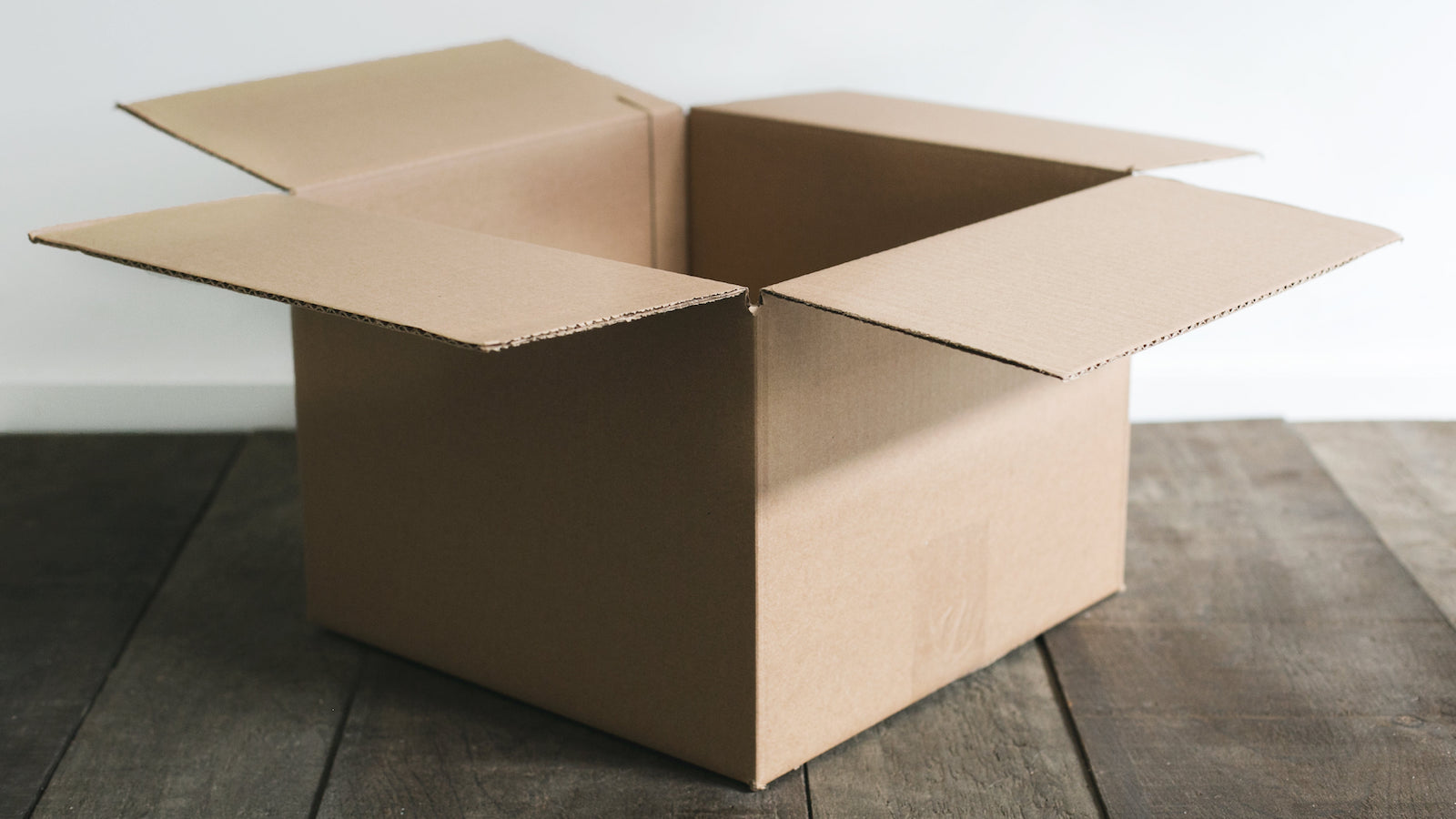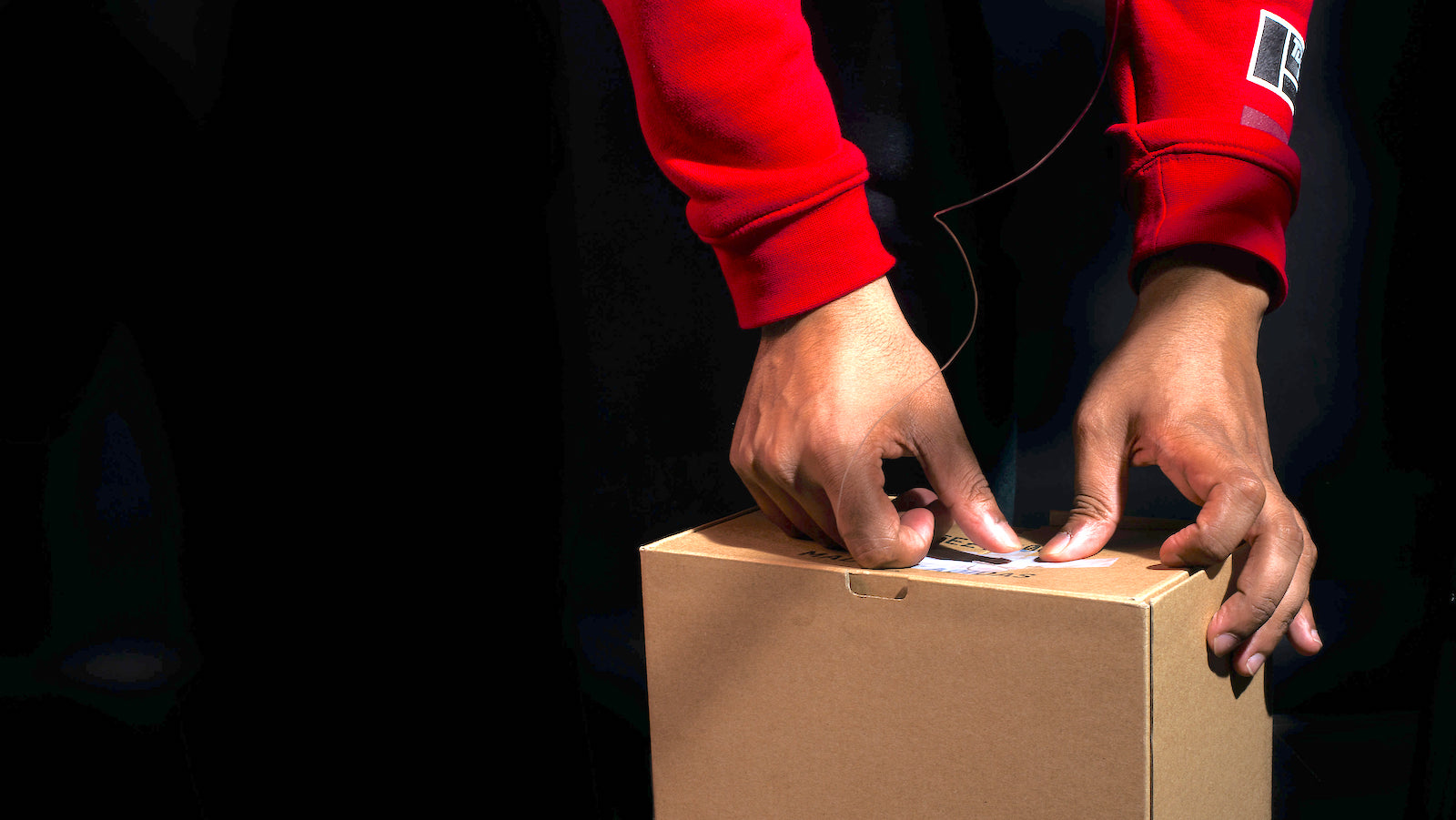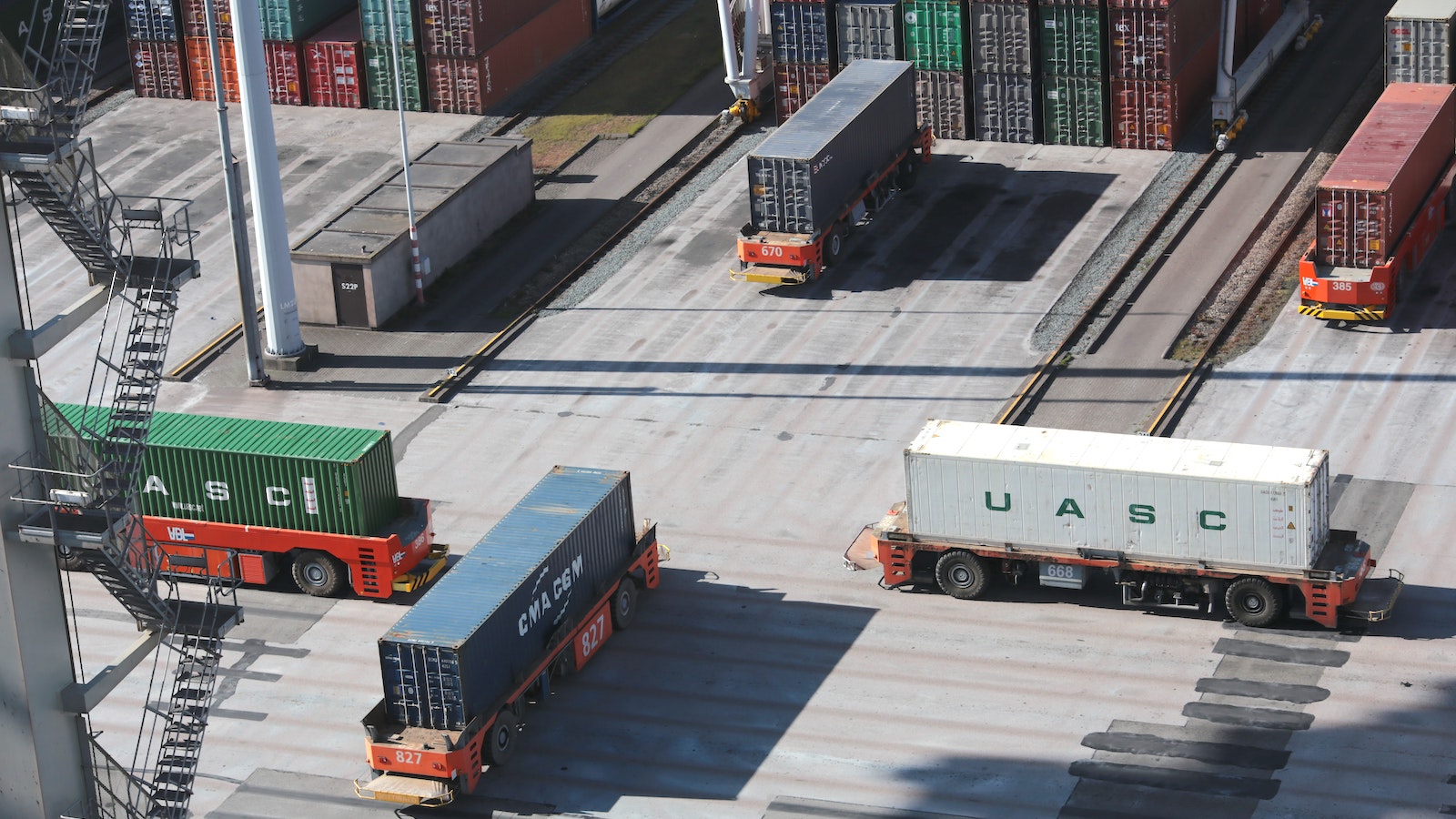Table of Contents
** Minutes
What makes retail replenishment so important?
Strategies for inventory replenishment
Retail replenishment is a little like juggling: it requires a lot of multitasking, a good deal of precision, and excellent timing.
At first, retail replenishment can be frustrating — between forecasting demand, calculating how much stock to reorder, timing your purchase, and determining product allocation across channels and different locations, it is easy to accidentally end up with too much or too little stock.
Multichannel merchants may find retail replenishment particularly challenging, as different channels might move different inventory items at different rates.
However, like juggling, retail replenishment can get easier the more you do it. With best practices, inventory management software, and the right partner, a merchant can learn how to replenish their inventory and keep their supply chain moving with minimal hassle.
In this article, we’ll cover what retail replenishment is, why it’s important, strategies that you can use to replenish your stock, and how retail replenishment fits into the supply chain.
What is retail replenishment?
Retail replenishment is the process of counting the inventory you have left in stock, and reordering the right amount of stock at the right time. In other words, it’s the process of ensuring that you always have sufficient inventory to meet customer demand.
What makes retail replenishment so important?
Retail replenishment is absolutely critical to a business’ performance and profitability. Here are two of the main reasons why retail replenishment matters for your business.
Helps prevent stockouts
When inventory isn’t replenished on time, the business will run out of stock. While stockouts may seem like just an inconvenience, they can cause serious problems for a business and result in heavy losses.
First, stockouts may drive customers to your competitors. Say someone’s shopping on your website and finds a dress that they really like. They click on the product page and read the description; but when they decide to add it to their cart, they find that the dress is unavailable in their size. Disappointed, the shopper leaves your page and looks for a similar dress on a competitor’s site.
Second, stockouts lead to backorders and abandoned carts. Imagine that someone places an order on your ecommerce store — but because your inventory levels are not updated in real-time, the item that the customer ordered already went out of stock the day before.
This means the customer will have to wait for the item to get back in stock, which may lead them to cancel their order. If this happens repeatedly, the cost of canceled orders will add up and cause your business to lose money.
Moreover, some of these customers will not hesitate to leave negative reviews on third-party review sites, social media, or Google. Those reviews could reflect badly on your business and cost you potential customers.
Helps prevent overstocking
Retail replenishment is also important because the right replenishment strategy helps you stock up on the products that customers want, instead of stocking up on the ones they don’t.
By counting your inventory and analising sales trends, you can identify the products for which there is the highest demand in a particular season, location, or channel. This information subsequently guides you as you decide which items to order more of, which to order less of, and which to discontinue.
Without a solid replenishment solution in place, you risk overstocking on unpopular products, which leads to deadstock and obsolete inventory that increase your holding costs and are difficult to offload.
“Another ShipBob integration I love is Inventory Planner. It saves me hours every week in Excel spreadsheets, and I can raise a PO in minutes when it used to take me hours.
For every order I placed for years, I was ordering too much or not enough. Between inventory forecasting tools and the ability to auto-create WROs, we don’t have stockouts much anymore. I sleep better at night.”
Wes Brown, Head of Operations at Black Claw LLC
Strategies for inventory replenishment
There are three main stock replenishment strategies that businesses can follow. Here is a breakdown of how each strategy works, so that you can decide which will work best for your business.
Reorder point formula
Some businesses choose to reorder inventory when stock levels reach a particular threshold, or “reorder point”. In other words, the stock level itself is used as a signal for inventory replenishment.
For example, if your business typically stores 100 units of a particular SKU, you might set the reorder point for that SKU at 10 units. When you only have 10 units of inventory left, you would then place a reorder for however many units would restore your inventory count to the optimal level (which can fluctuate over time or from season to season).
While this is one of the most accurate inventory replenishment strategies, you need to be extremely strategic about it. Some best practices include:
- Use the reorder point formula to discover each item’s reorder threshold.
- Calculate economic order quantity to find the optimal reorder quantity for each item that minimises costs related to logistics, warehousing, stockouts, and overstocking.
- Different SKUs may have different reorder points, so calculate each unique SKU’s reorder point separately.
- Maintain sufficient safety stock to tide your business over in case of unexpected surges in demand.
- Factor lead times into your reorder points.
The best way for businesses to leverage the reorder point strategy is by using robust technology to provide real-time visibility into stock levels and order data across all sales channels.
Ideally, your inventory management solution will be equipped with automations that provide notification when you hit a reorder point, or that automatically reorder stock for you.
“ShipBob’s analytics tool is also really cool. It helps us a lot with planning inventory reorders, seeing when SKUs are going to run out, and we can even set up email notifications so that we’re alerted when a SKU has less than a certain quantity left. There is a lot of value in their technology.”
Oded Harth, CEO & Co-Founder of MDacne
Top-off method
The top-off strategy involves replenishing inventory at times when demand slows down and picking operations are subsequently slower. This method takes advantage of downtimes to maximise productivity and “tops off” inventory to acceptable levels.
Top-off replenishment requires more frequent, smaller replenishments. This makes it suitable for businesses in the high-velocity sector, where it’s necessary to ensure optimal inventory levels when demand picks up. However, businesses may want to avoid this approach when dealing with slow-moving products.
Periodic inventory replenishment method
The periodic inventory replenishment approach involves reviewing inventory levels at specific points in time or time intervals, and reordering accordingly.
For example, you may check your stock levels once every two months and only reorder inventory if stock levels are low. If the stock level is still sufficient, you may skip reordering until the next review period.
This strategy makes sense when you’re dealing with irregular demand and slow-moving items, as you can avoid overstocking (and its associated costs).
However, you face a higher risk of stocking out in the case of a sudden spike in demand, particularly if you didn’t reorder inventory at the last review interval. Placing emergency orders may help, but the delay may still result in losses or disgruntled customers.
How store replenishment fits into the supply chain
Store replenishment is a vital aspect of the supply chain, ensuring that businesses always have sufficient stock on hand to fulfil store orders. It drives the retail fulfilment process, and ensures that the retail supply chain continues to function seamlessly.
As a result, any disruption in the retail replenishment process can cause major backlogs in the supply chain.
For example, if a merchant doesn’t time replenishment correctly, stockouts can grind your supply chain to a halt across one or more of your channels. This can cause problems not just for customers buying DTC through an ecommerce website, but for brick-and-mortar customers or customers on an online marketplace partner like Walmart.com or Amazon.
Your supply chain also backs up if you fail to account for lead times in upstream supply chain stages. Say you reorder inventory when you only have 10 units left in stock, and it takes you approximately two weeks to finish selling those units. If the manufacturer takes approximately two months to produce the goods, supply chain operations will be left hanging for at least a month, resulting in lost sales.
Effective store replenishment requires attention to detail and seamless synchronization between inventory management, fulfilment, and shipping functions.
However, when self-fulfilling orders, you might get overwhelmed by the sheer amount of work, and end up with missing inventory, inaccurate inventory counts, and stockouts and backorders resulting from ill-timed replenishment.
To simplify the replenishment process, many merchants choose to outsource their inventory and fulfilment logistics to ShipBob.
“Outsourcing both retail and DTC order fulfilment to ShipBob really just gave us the flexibility that we needed to effectively grow our business — not just the DTC segment, but the retail segment also.
Honestly, it changed the game for us. So we were just thrilled that ShipBob has come to lead the way in providing fulfilment solutions for small to medium sized businesses like ours.”
Nathan Garrison, Co-Founder and CEO of Sharkbanz
As an omnichannel logistics platform, ShipBob’s software integrates with your online store and other sales channels to give you full visibility into inventory movement and stock levels across your entire business.
As soon as someone places an order on your online store, your retail partner’s website, your social media store, or on an online marketplace you partner with, the integrated fulfilment software receives it and gets it queued up for fulfilment while automatically updating your inventory levels.
You can also reorder points for each SKU in your ShipBob dashboard, and arrange to receive automatic reorder notifications when your inventory level hits a certain threshold. This way, you never forget to place inventory replenishment orders and always replenish your stock on time.
Additionally, you can use ShipBob’s analytics tool to improve your demand forecasting, view sales and inventory data, and distribute your inventory to improve your retail replenishment system through continuous optimisation.
Retail replenishment FAQs
Here are answers to the top questions about retail replenishment.
What is the first step in the replenishment process?
The first step in the replenishment process is reviewing current inventory levels to see how much stock is available and how much should be reordered to maintain optimal stock levels.
What is the cost of retail replenishment?
The cost of retail replenishment varies from business to business, and relies heavily on the amount of stock you’re reordering and the price of the product you’re restocking.
Can ShipBob help with retail replenishment?
Yes! ShipBob’s inventory management software ensures that you have real-time visibility into your inventory levels, and includes built-in capabilities to help you time replenishment correctly. ShipBob also offers a wide range of services that will simplify and optimise retail replenishment.
Additionally, ShipBob’s B2B order fulfilment suite can help you manage inventory throughout B2B and retail distribution and retail dropshipping with approved retailers. Our software comes with an SPS Commerce integration that is EDI compliant, so your purchase orders and advance shipment notices are automatically updated to further streamline the process.



